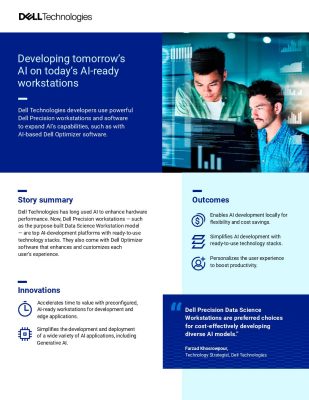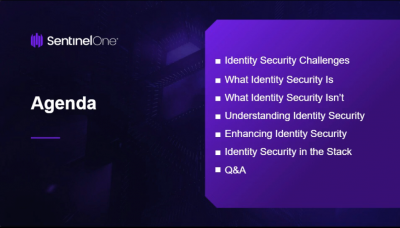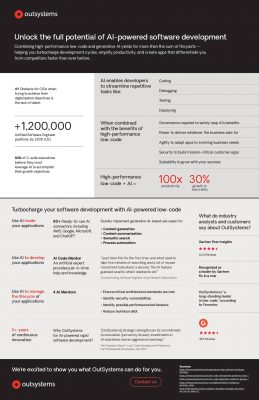Highlights:
- LanceDB provides a vector-focused open-source database, also known as LanceDB.
- LanceDB stores its data using a proprietary file format known as Lance.
LanceDB Inc., a creator of an AI-optimized database, recently announced its successful completion of a funding round. LanceDB secured USD 8 million in funding.
CRV spearheaded the investment, which Essence VC and Swift Ventures joined. LanceDB reports that its external funding has reached USD 11 million.
Prior to data processing, an AI model converts it into mathematical entities called vector embeddings, commonly referred to as vectors. These entities enable the representation of individual data elements as points on a map-like structure. If two data snippets are linked, such as by describing the same subject, their corresponding points on the map will be positioned close to each other.
The utilization of vectors by AI models contributes significantly to their capacity to execute intricate reasoning tasks. Vectors excel in capturing data relationships, such as similarities between text snippets, facilitating neural networks in concluding more efficiently. However, there are trade-offs: Managing information stored in this format can pose challenges when using traditional databases.
LanceDB, headquartered in San Francisco, provides an open-source database named LanceDB, designed specifically for storing vectors. The company claims that its software can accommodate billions of vectors for AI applications. Furthermore, LanceDB pledges to enhance the performance of these applications.
Once companies transform a dataset into vectors for AI model processing, they typically retain the original information rather than discarding it and storing it for future utilization. This raw data usually necessitates storage in a distinct system. LanceDB asserts that its database can store both vectors and the raw files used to generate them in a single location, streamlining data management processes.
LanceDB stores its data in a proprietary file format known as Lance, which is capable of accommodating not only vectors but also raw data types like text, images, and videos. According to LanceDB, the Lance format enables AI models to access information up to 100 times faster compared to Parquet, a widely used file format in machine learning endeavors.
The company also pledges additional advantages. Lance incorporates a built-in versioning tool, simplifying the management of various versions of a record generated by an AI model during processing. Another time-saving feature enables developers to convert Parquet files into the Lance format with just two lines of code.
LanceDB’s self-titled database merges Lance’s performance enhancements and versioning functionalities with numerous other capabilities. As per the company, the software offers seamless integrations with popular data science tools within the open-source ecosystem. Moreover, it empowers developers to engage with their data using various programming languages, including Python.
LanceDB Co-founder and Chief Executive Chang She detailed in a blog post, “LanceDB is able to deliver unparalleled scalability for semantic search using an order of magnitude less infrastructure than vector databases. It supports interactive data exploration on petabyte-scale AI data. And it drastically reduces the cost of managing multimodal datasets for training and fine tuning.”
The seed funding round revealed by LanceDB recently will facilitate the expansion of its workforce as it prepares to introduce LanceDB Cloud, its paid offering, to the general public. This managed version of the database eliminates the necessity for customers to oversee the underlying infrastructure. Additionally, it offers a second paid edition, LanceDB Enterprise, which includes supplementary capabilities such as an enhanced array of cybersecurity features.





























































